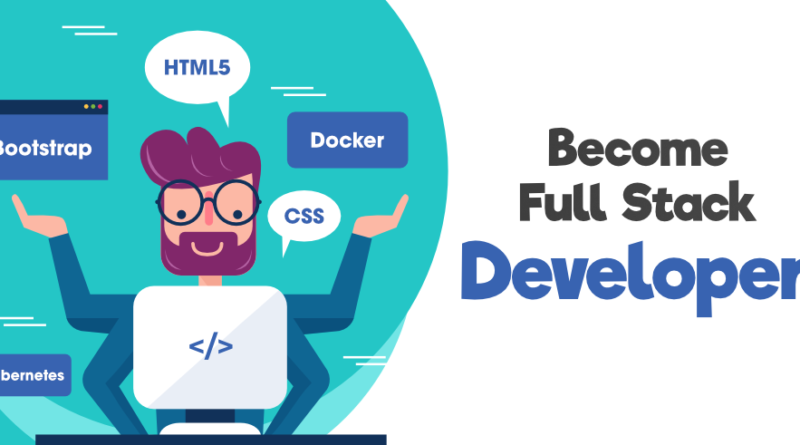The Importance of Agile Development in Full Stack Development
In today’s fast-paced digital world, having the ability to quickly and efficiently develop full stack software is more important than ever. Agile development provides a methodology for teams to collaboratively build robust full stack applications with a focus on customer feedback and rapid iteration of designs.
This article will discuss the importance of agile development in full stack development and its overall benefits. By understanding why agile works best for building full stack software, developers can create better products faster and with fewer errors. With this knowledge, companies can optimize their workflow and improve their time to market. Let’s get started.
What is Agile Development?
Agile development is an progressive approach to software development that focuses on continuous, incremental improvements. It emphasizes collaboration between all stakeholders in the project and encourages quick feedback loops for rapid progress.
Agile teams are self-organizing and self-managing, focusing on delivering high-quality products in short sprints or iterations. A full stack developer course can equip developers with the skills needed to work in an agile environment.
Benefits of Agile Development in Full Stack Development
A. Increased Productivity
Agile development in full stack engineering allows teams to work more efficiently as processes are broken down into smaller steps. This allows for smaller tasks and deliverables that keep developers on track and allow progress to be monitored easily.
B. Improved Collaboration
Agile development in full stack engineering encourages collaboration between teams and departments, allowing better communication between stakeholders. This increases the chance that issues and problems are identified early on and can be fixed quickly.
C. Greater Flexibility
Agile development allows companies to adapt to changing requirements and conditions rapidly. This means that engineers can pivot quickly and efficiently when needed, ensuring that the development team is always working on what matters the most. This makes agile development especially useful in full stack projects since many components often need to be adjusted at any given moment.
Implementing Agile Development
- Establishing a Team
The first step in implementing an Agile project is to create a team. This team should consist of individuals actively engaged in the development process, such as software engineers, QA analysts, and project managers. The members of this team should have a clear understanding of their roles and responsibilities during the project.
- Setting Goals and Milestones
An important part of successfully implementing Agile is having clearly defined goals. Goals are the target outcomes that can be measured once the project has been completed. Milestones, on the other hand, are smaller objectives which signal a certain stage in achieving a goal.
- Tracking Progress
Agile development also requires frequent tracking of progress against predetermined milestones. This helps the team stay on track and ensures that all tasks are completed promptly. Additionally, it allows for quick course correction when needed to ensure the project is still headed towards its goal.
- Constant Communication and Refinement
The Agile Development process emphasizes regular communication between stakeholders, team members, and clients. The goal is to make sure that everyone is on the same page throughout development and for issues or misunderstandings to be resolved quickly. Communication should occur through frequent meetings or check-ins planned out in advance.
The Bottom Line
Agile development is an important part of full stack development, allowing teams to be more efficient, productive and adaptive. With the right tools and processes, agile development can help organizations create faster, more reliable applications. By understanding the principles behind agile development and taking advantage of its benefits, businesses can build better software solutions for their clients.




